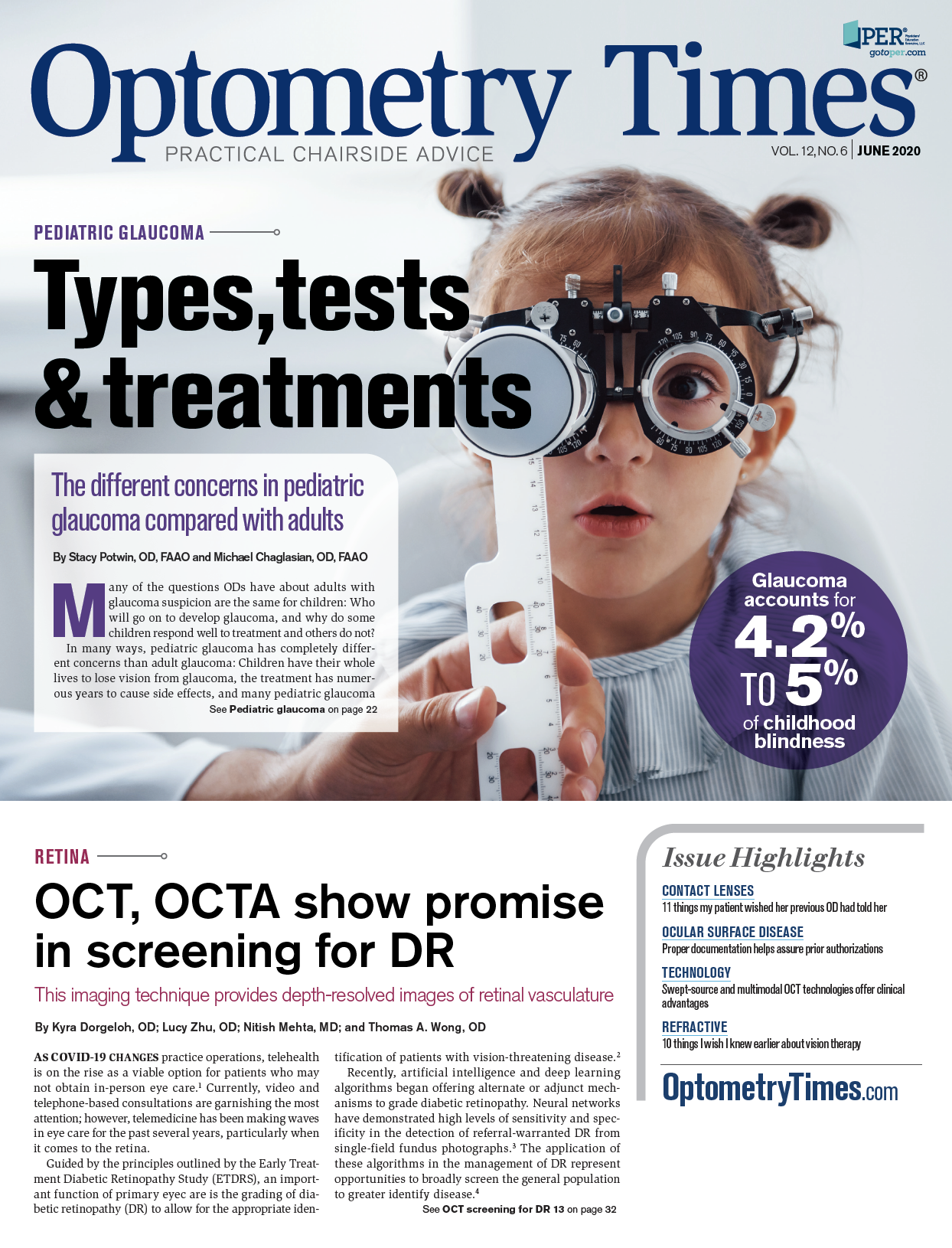What a practice owner would advise her younger self
An OD looks back 30 years of running a practice and recommends developing CEO skills.

Having gone through the highs and lows of running a practice, an optometrist reveals what she would tell her younger self: To be more intentional about working “on” the practice instead of working “in” the practice.
I am intrigued by the articles floating around the internet. One that always makes me pause is related to a theme about what you would tell your younger self. Often, it involves advice about smelling the roses, not sweating the small stuff, traveling more, or advice about life being short and to spend more time with the people you love.
This year will mark 30 years since my optometrist husband and I opened our office in a 500-square-foot space in the basement of the community hospital in our rural part of America. We have since grown to two locations, each occupying a space 8 times that of where we originally started.
We took out loans. We paid them off. We built new offices. We hired more staff and doctors. We took out more loans. We had sleepless nights and worrying over different aspects of the business.
Related: Experts offer advice to ODs starting dry eye subspecialty
CEO skills
As I look back at those years, I cannot help but pause and wonder what I would tell my younger self as it relates to business. I would say to myself to be more intentional about working “on” the practice instead of “in” the practice.
As doctors, we often believe we must spend all of our time seeing patients. Yes, we know we should delegate, but no one else can see patients, so we must be the ones to generate that income to offset the daily expenses of running a practice.
Several years ago, I started taking time from patient care and began thinking more strategically about running the business. In a sense, I spent time developing my CEO skills.
A while ago, I read the book The CEO Next Door.1 In it, the authors describe how they used predictive software, similar to that used by the Internal Revenue Service (IRS) for predicting if someone will cheat on their taxes. They looked at 17,000 data sets to determine the 4 most common behaviors of successful CEOs:
– Decisiveness
– Reliability
– Adapting to change
– Engaging for impact
Related: Creating YouTube content for your practice: Lighting, editing, and filming tips
They found being decisive as one of the top traits. Some 94 percent of leaders who rated poorly on decisive competency made decisions too slowly rather than too quickly.2 The desire to get it right often prevented them from making any decision at all.
As I read this book, I could think of many colleagues who are paralyzed by perfection. On a personal level, I recently fired an employee who should have been gone long ago. About 30 minutes after I escorted the former staffer out, an employee of 27 years sent me a text with a quote: “Nothing will kill a great employee faster than watching you tolerate a bad one.”
Another behavior identified was being intentional about reasoning for decisions and engaging for impact. In Simon Sinek’s book, Start With Why,3 being able to articulate why you do something, rather than what or how, inspires both employees and customers. Conflict is inevitable, but the more you communicate the reasoning behind decisions, the easier it will be to not only embrace conflict but create loyalty among employees and customers.
Related: Physical and psychological changes of opening post COVID-19
The last two behaviors were being consistent in actions and decisions and having the ability to embrace change. Change is inevitable. We are all held captive by our habits. Identify those that hold you back, pick the easiest to change, and let go.
I’m a huge fan of John Maxwell’s writings. In his book, Developing the Leader Within You 2.04, he writes that all leaders should have a vision. As ODs in the year 2020, it may sound cliché to talk about vision, but I think practices with a vision and mission statement have a clear direction for their businesses. They are the direction that acts as a guiding star for all ODs do in their offices.
If you have not created one for your business, it is easy enough to search the internet for advice to create one. I advise creating one with your team’s input. People will support that which they create.
Vision applies to yourself as well. While ODs might have a vision and mission statement for our businesses, few have one for themselves. Creating your personal vision and mission statements can be a rewarding exercise that allows you to grow as a leader in all aspects of your life.
As part of my master’s program, I had to do such an activity. The process made me pause and think of what was important to me.
Work smarter
So, what would I tell my younger business owner self? I would ask her to take the time to develop her CEO skills. I found that even as little as 2 hours a week spent working “on” the business helped me get more organized, be more efficient, and reduce the stress of running the business. It is about working smarter, not harder.
Related: Key elements to know about MIPS in 2020
References:
1. Botelho E, Powell K. The CEO Next Door. London, England: Virgin Books, 2018.
2. CEO Genome. Available at: http://ceogenome.com/about/. Accessed 6/1/20.
3. Sinek S. Start With Why. New York, NY: Penguin Group, 2009.
4. Maxwell JC. Developing the Leader Within You 2.0. Nashville: HarperCollins, 2018.

Newsletter
Want more insights like this? Subscribe to Optometry Times and get clinical pearls and practice tips delivered straight to your inbox.